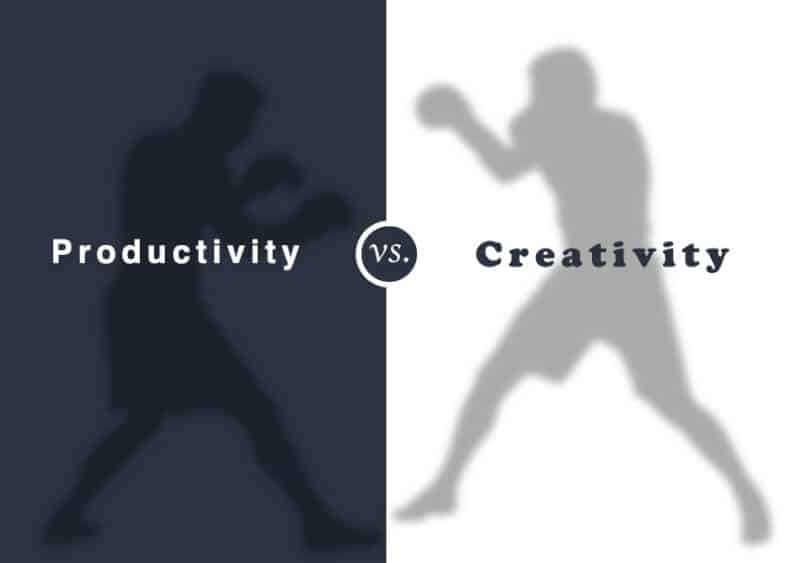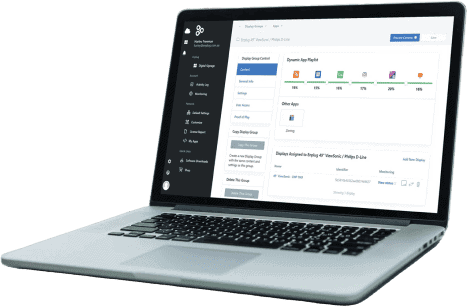
Workplace Productivity and Creativity: Are They at Odds?
In the digital age, both workplace productivity and creativity are even more important than ever for long-term business growth. While most people would agree that these two components of a company culture are vital, are workplace productivity and creativity also at odds with each other? Art Markman takes the following position in a Harvard Business Review article:
There is a fundamental tension between productivity and creativity, and managers won’t get more of the latter until they recognize it. Productive people move through the tasks they have to accomplish in a systematic way. They make steady and measurable progress toward their goals. They make effective and efficient use of their time. Creativity… doesn’t. Creativity needs time and space to grow.Perhaps the time needed for creativity is the crux of this question. Time study experts have been an integral part of business growth for decades. Yet does an intensive production schedule interfere with allowing time for creativity to thrive? Or another way of looking at this is: Do all employees need time to stop and smell the roses? Can innovations thrive where every employee is shackled to a tight production schedule? Sandy Kane asks this question about productivity vs. creativity on a personal level in her Acentech article:
Are productivity and creativity mutually exclusive, or can they play nice and work together? Can you use the left side of your brain (the one that governs logic and structure) to engage more with the creative, right side of your brain and boost your creative output? And vice versa: can you use the right side of your brain to come up ways to streamline your productivity?The concept of being more productive in creative output is interesting. Can humans crank up their creativity per productive scheduling?
What is productivity?
A dictionary definition states that productivity is “the effectiveness of productive effort, especially in industry, as measured in terms of the rate of output per unit of input.” Yet this definition may not be the best measure of what is needed. Ryan Fuller says in a Harvard Business Review article:To really improve productivity — and to be honest about what it means — you first have to gain a level of organizational self-awareness to understand what work actually drives value at your company, and then direct employees towards these tasks. This is pretty straightforward for manual work (e.g., assembly lines), but extremely complex when it comes to knowledge work. Knowledge work gets done through networks of individuals working together with frequently changing goals and varying degrees of context.This is where creativity crosses paths with productivity. Creativity can question current productive methods and allow for new perspectives on old solutions. Adam Toren says in his Entrepreneur article:
It’s no longer practical for any organization to measure productivity simply with numbers or to hold everyone on the team to the same standard. Behavioral economics and psychology tell us that people react differently to situations and have different approaches to getting things done.One of the important benefits of workplace diversity is the array of approaches to problem solving. (Click here to read an Enplug blog post about workplace diversity.) Sometimes the accepted method of doing something is not the best one and, in fact, may be a motivation killer. John Boitnott talks about getting rid of motivation killers in his Inc. article:
There is a need to identify motivation killers in the workplace. A good manager will find ways to carefully observe the work environment in search of problem areas that adversely affect employee motivation. Typical motivation killers include toxic people, abrasive personalities, lack of organizational vision, absence of opportunities for professional development, poor communication systems, autocratic management styles, and the feeling of lack of appreciation.Is fostering creativity one way to eliminate motivation killers?
What is creativity?
A dictionary definition states that creativity is “the use of the imagination or original ideas, especially in the production of an artistic work.” Is manufacturing “an artistic work”? Does decreasing production of a product from x time to one-half of x time count as “an artistic work”? William Deresiewicz says in his The Atlantic article:Before we thought of artists as geniuses, we thought of them as artisans … Creativity was prized, but credibility and value derived, above all, from tradition. In a world still governed by a fairly rigid social structure, artists were grouped with the other artisans, somewhere in the middle or lower middle, below the merchants, let alone the aristocracy. Individual practitioners could come to be esteemed—think of the Dutch masters—but they were, precisely, masters, as in master craftsmen. The distinction between art and craft, in short, was weak at best. Indeed, the very concept of art as it was later understood—of Art—did not exist.Given this earlier understanding of art, we can certainly consider manufacturing as an “artistic work.” And with that consideration enabling us to broaden our definition of artistic endeavors, we can apply creative thinking to the concept of productivity.

Workplace productivity and creativity — taking time to smell the roses
Can creativity lead to more productivity? Boland Jones says in his Entrepreneur article on 5 ways creativity leads to productivity:I believe that creativity leads to productivity, provided that the workplace environment is developed and nurtured in a way that allows the two to peacefully co-exist … Shaping environments where creativity can flourish turns work into a place without boundaries, where the methodologies and processes of last year can be forgotten in an instant. When your employees are free to always question, they’ll never get stuck in unproductive ruts.Let’s examine this concept on a practical level: Imagine your company makes widgets and has been making widgets the same way for decades. Does this mean your company has a high rate of productivity? Or can creativity — what we often call “thinking outside the box” — bring to light new ways of making your widgets that are actually more productive than the old ways? Anna Johansson says in an Entrepreneur article about how creative breaks can boost employees’ productivity:
Just because it’s a break doesn’t mean your employees can’t think. Putting critical thinking problems and brainteasers in the break room is a great way to encourage workers to think in new ways.For example, consider holding monthly contests for the best money-saving ideas or productivity ideas. Reward winners and publicly acknowledge their contributions. (Featuring these employees via digital signage software in break rooms can provide motivation to other employees.)
